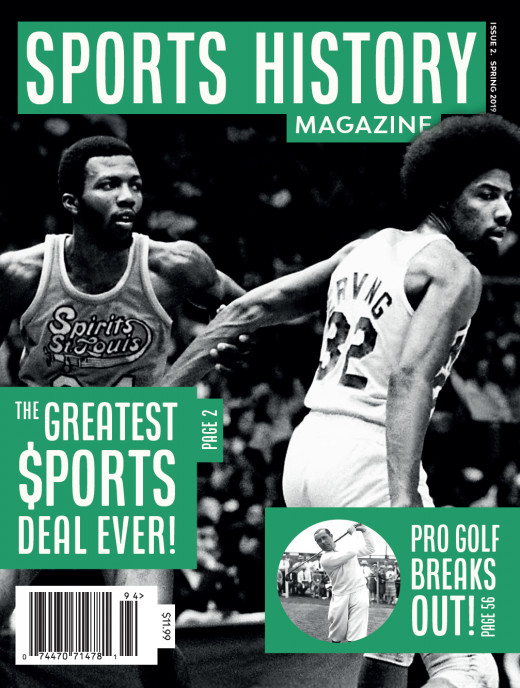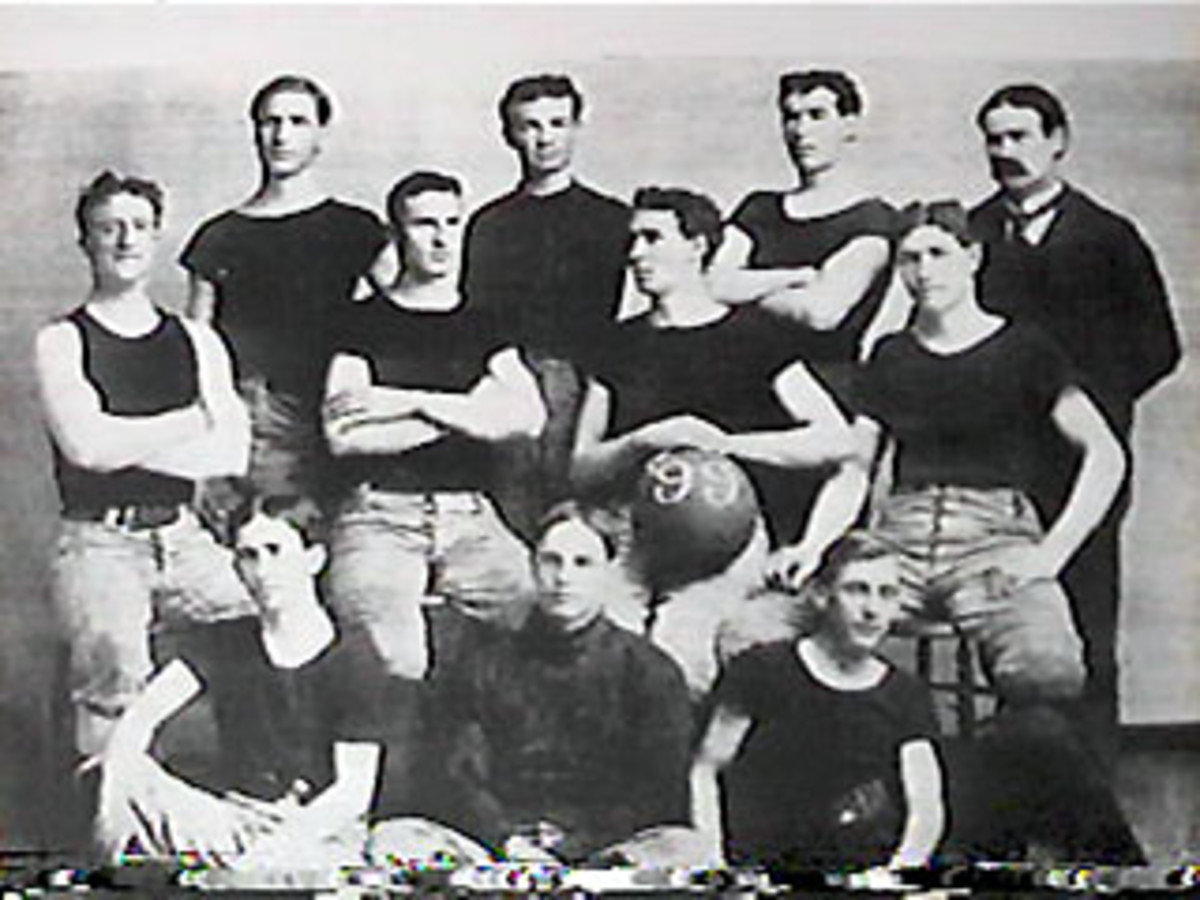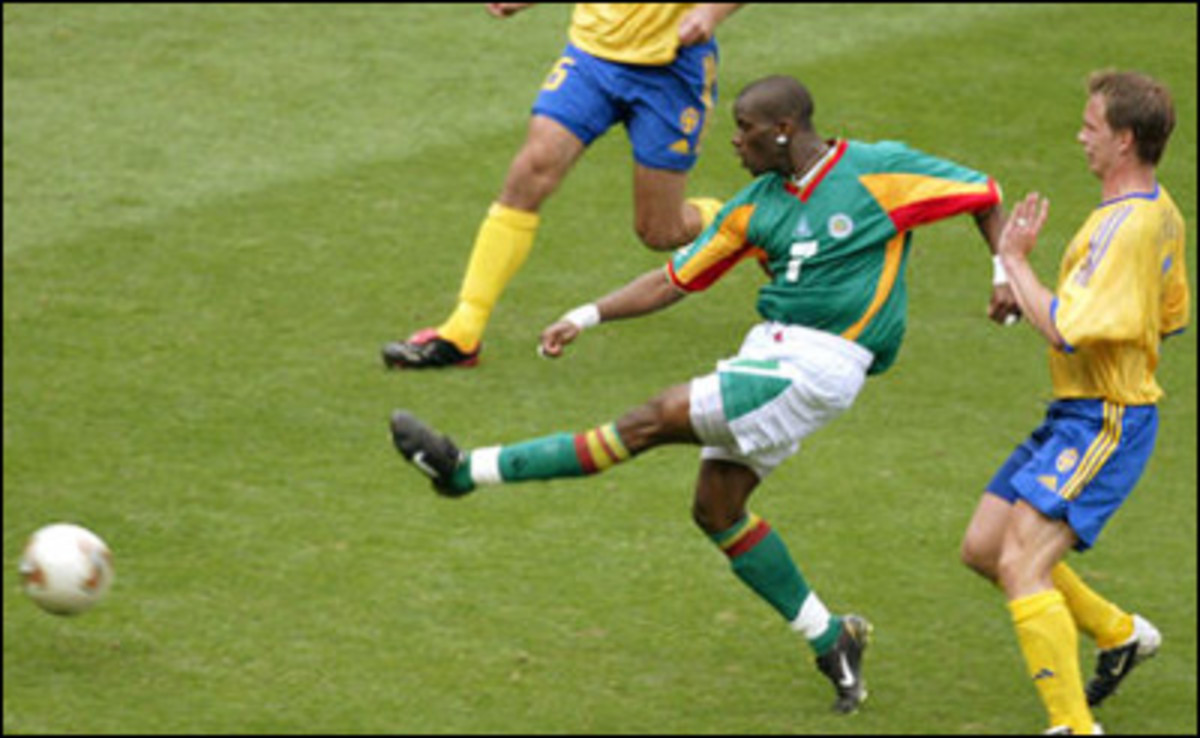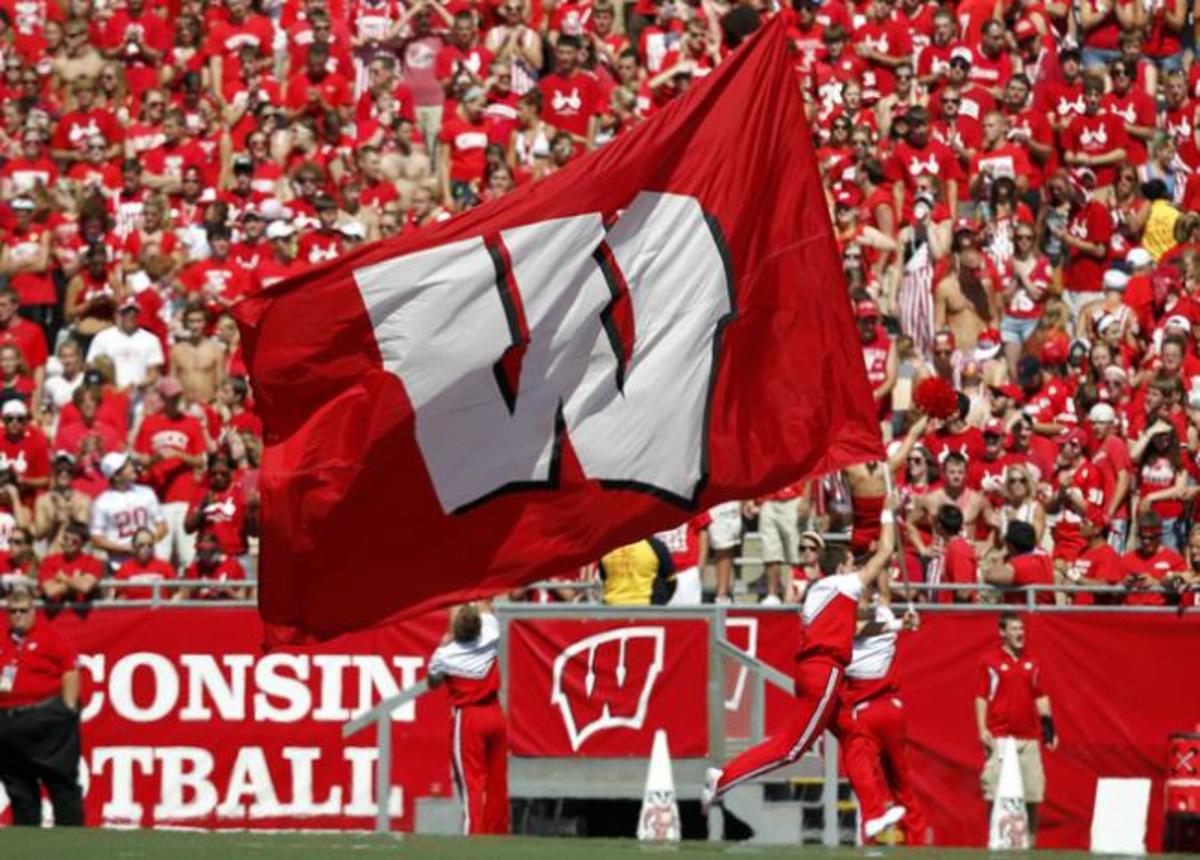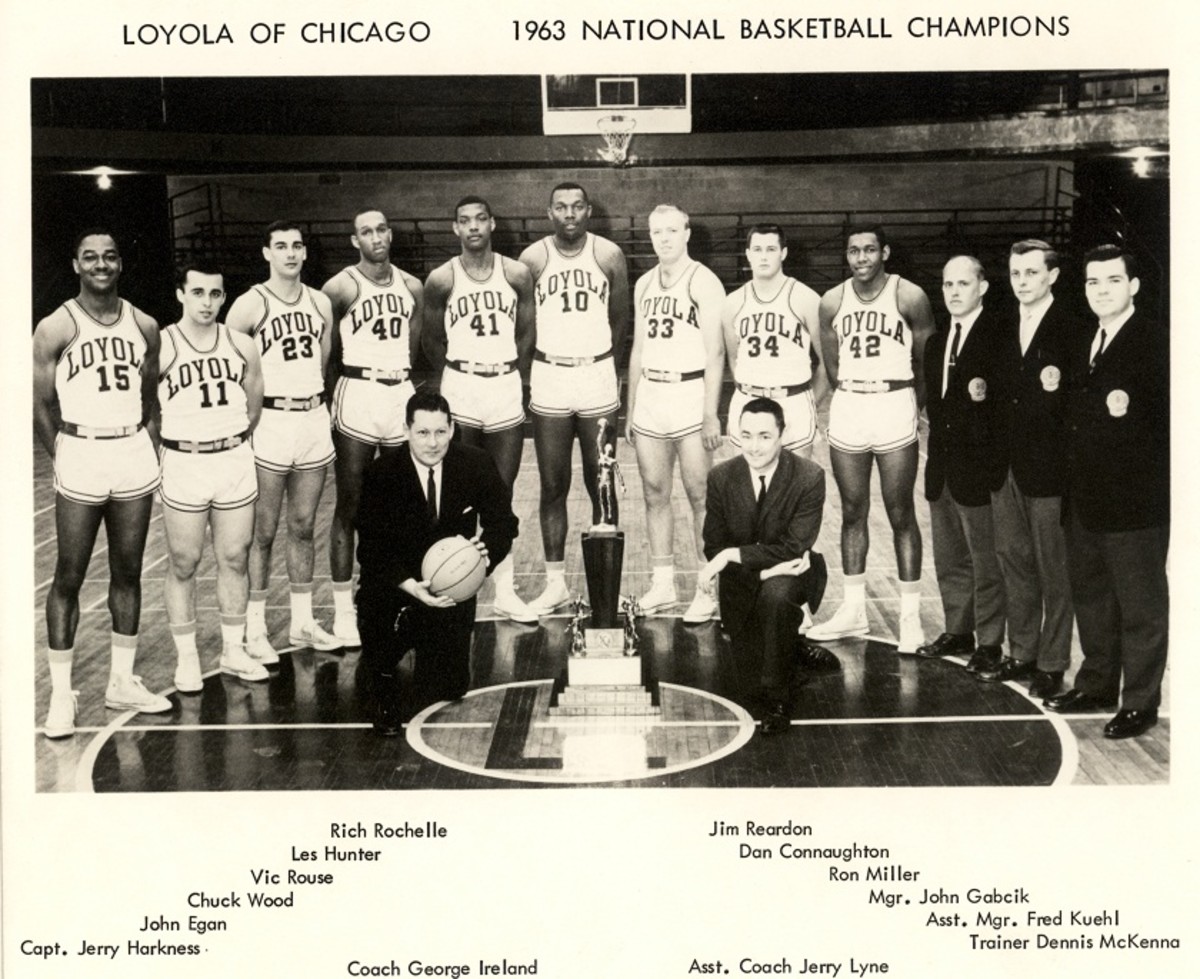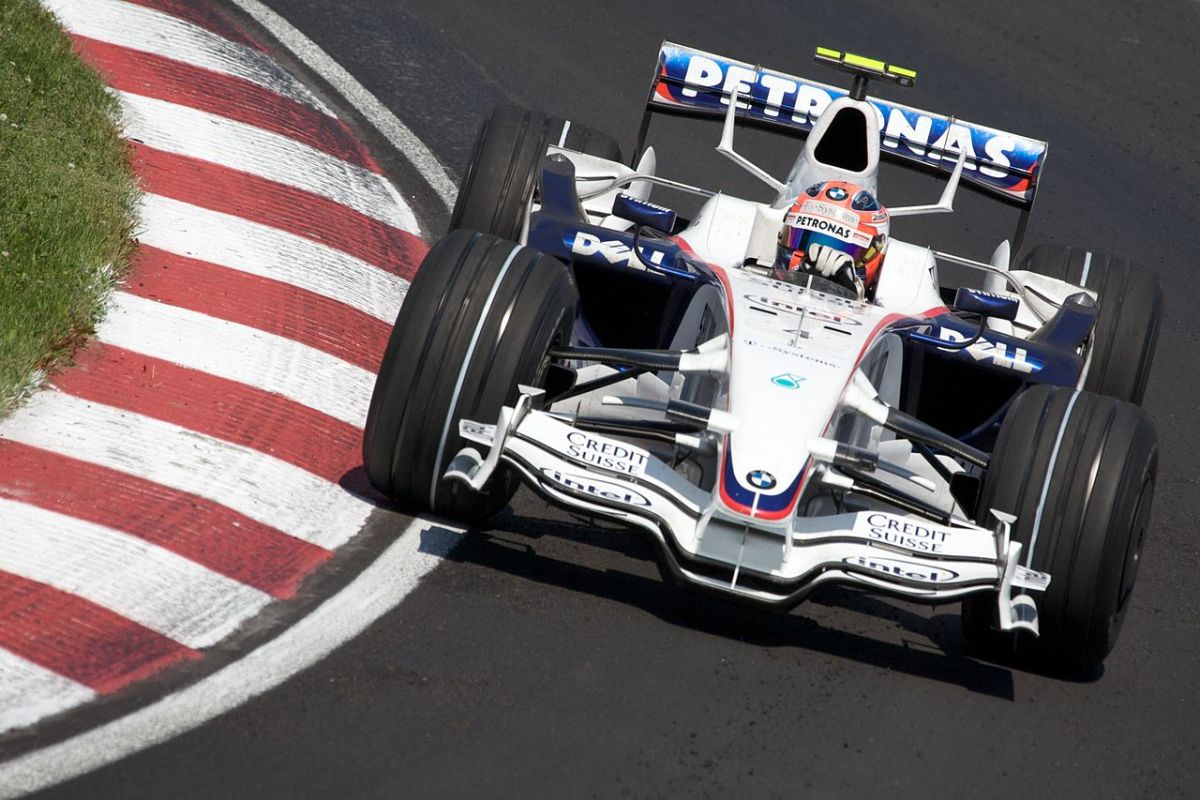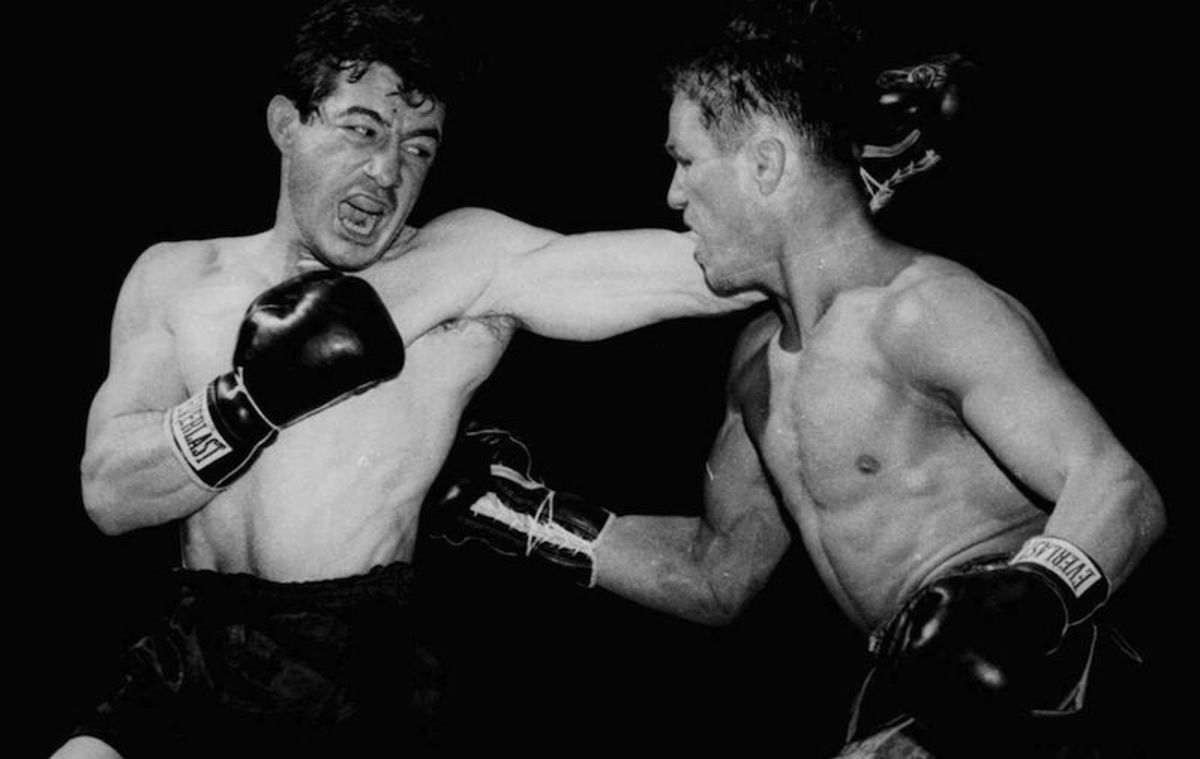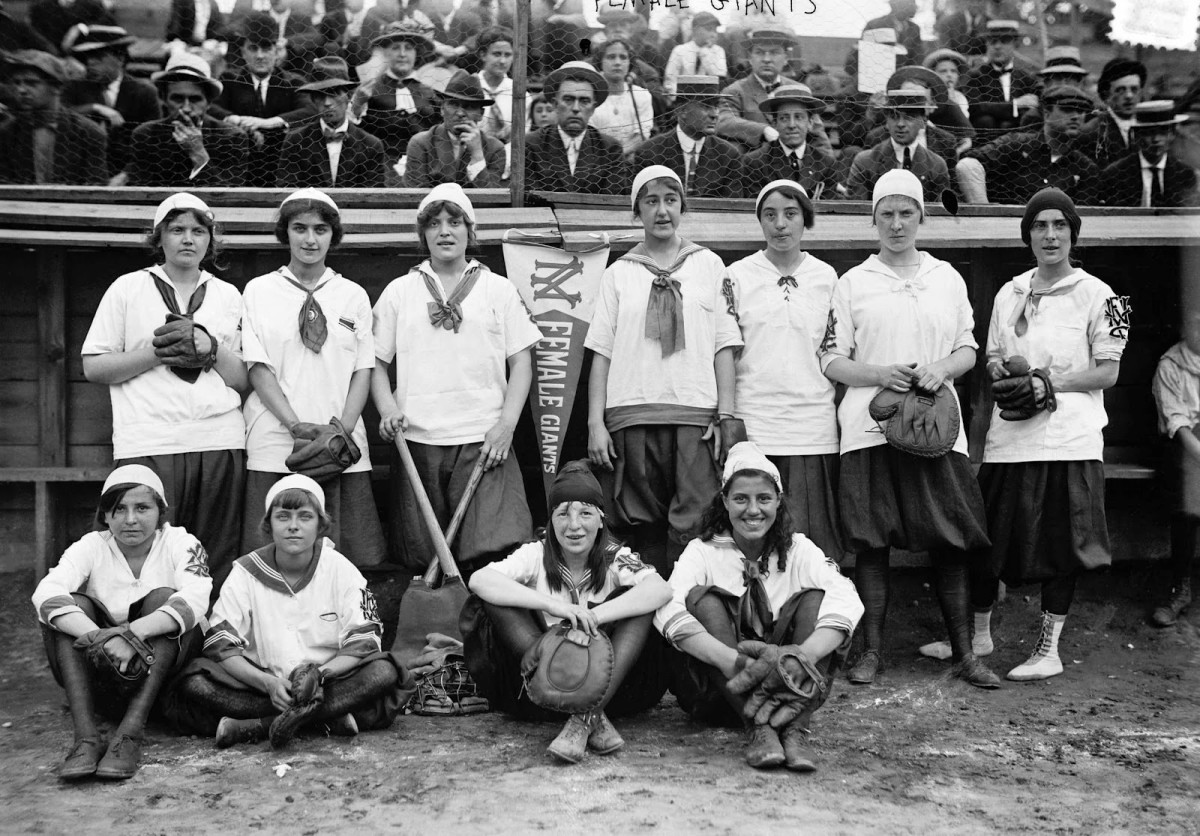The Rise of Georgetown Basketball
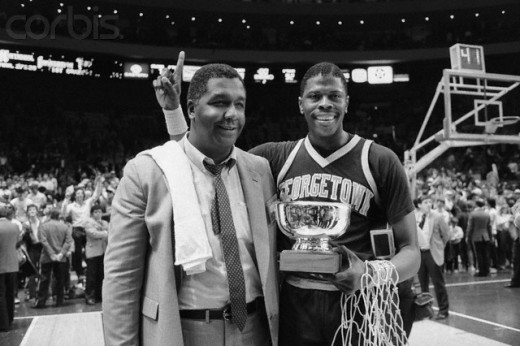
From the ashes rises the phoenix. By the end of 1972, Georgetown University’s basketball program was in shambles. The Hoyas turned in a 3-23 season and their Head Coach Jack Magee was out the door, followed quickly by the school’s Athletic Director and decorated military hero, Bob Sigholtz. It was the culmination of a tumultuous period, which pitted the institution’s athletics department versus its administration.
Against this background, the inner-city communities of Washington, DC were still reeling from the 1968 race riots that gutted the city’s economy and sent white residents fleeing to the suburbs. In came Francis Xavier Rienzo, a future co-founder of the Big East conference, and John Thompson, a black coach recruited from an African-American high school across town. Within a decade, Georgetown would make the Final Four at the NCAA Tournament, clinch the national championship in 1984, and catapult to new heights on the basketball court and in the class room.
Georgetown basketball had its moments in the early 1940s when future congressman, Henry Hyde, helped lead the squad to a 22-5 season.
Georgetown basketball had its moments in the early 1940s when future congressman, Henry Hyde, helped lead the squad to a 22-5 season. They landed a berth at the 1943 NCAA Tournament and made it to the final, but then lost the title to Wyoming University. Just a year earlier, the first Hoya player went professional when three seniors- Al Lujak, Buddy O’Grady, and Dino Martin- joined the Basketball Association of America, the precursor to the NBA. But after World War II, the elite private school struggled to regain its standings in the game and the Hoyas only made the post-season twice over the next three decades. Sports in general were de-emphasized at the nation’s oldest Catholic and Jesuit university, especially after school officials scrapped intercollegiate football in 1951.
Rienzo arrived in the Fall of 1969 as a replacement track coach in the midst of a political maelstrom. He had made his mark as one of New York City’s top running coaches at Archbishop Molloy High School and after bringing success to the university’s track program, he assumed the Athletic Director’s chair in 1972, marking the beginning of the turnaround for Georgetown sports. Baseball, basketball and track accounted for the majority of athletic spending, which had an annual budget of just $400,000.
Nobody would come close to making the profound and enduring impact on the university as much as John Thompson.
Rienzo introduced the ‘Philosophy of Athletics’, which sought to place physical disciplines in the context of the university. By defining the mission into a layered program- intercollegiate, intramural, instructional, and recreational- he set the stage for structured growth and organizational funding. Rienzo hired a team of loyal and professional coaches that grew along with the expansion of the school’s athletics. But nobody would come close to making the profound and enduring impact to the university as much as John Thompson.
Nestled in an affluent white neighborhood of Washington, DC, Georgetown University and its leadership decided to make a financial and cultural commitment by becoming a larger part of the greater community, especially following the social disturbances of the late 1960s. A month after Rienzo took over the department, the university hired John Thompson, a native Washingtonian who put in 2 seasons with the Boston Celtics and was now making a splash coaching at St. Anthony High School just a few miles from campus.
Nobody expected the imposing 6-foot, 10-inch coach from the District of Colombia to work miracles, but he would do just that.
Thompson had racked up a 122-28 coaching record when he accepted his new position. At the time, the local high school hoops scene was bigger than college basketball and Thompson immediately went to work, recruiting a talented crew from St Anthony in his first year. Nobody expected the imposing 6-foot, 10-inch coach from the District of Colombia to work miracles, but he would do just that.
The Hoyas went 12-14 in 1973, 13-13 in 1974, and 18-10 in 1975. In just his third season at the helm, Thompson succeeded in guiding the team to victory at the Eastern College Athletic Conference (ECAC) South Regional, and to their first appearance since 1943 at the NCAA Tournament. For the remaining decade, the Hoyas would repeat their ‘March Madness’ trip, make the National Invitational Tournament (NIT) twice, and post a winning season every year. Meanwhile, as Thompson was building a collegiate powerhouse, his boss was busy tackling the broader challenge of how to best position an ascending basketball program.
By 1983, the Big East was also exhibiting its hoops battles in Madison Square Garden with lucrative TV contracts.
For most of its history, the university had competed as an independent, but in the late 1970s the NCAA was pressuring colleges to adopt regional playing schedules. This meant that Georgetown had to drop its traditional rivals such as St. Johns, Seton Hall, or Boston College, and replace them with schools closer to home like Navy, Richmond and Virginia Commonwealth. Refusing to accept these arrangements, seven universities including Georgetown withdrew from the ECAC and decided to form a new league in 1979, the ‘Big East’.
Rienzo chaired the Big East’s executive committee for nine of its first thirteen years. Georgetown won the inaugural championship in 1980, defeating Syracuse 87-81, and would go on to claim another 5 for that decade. The Hoyas’ growing success drove up demand for game tickets, prompting officials to move most of their home matches from the 4,000-seat McDonough arena on campus into the Capital Centre in Landover, Maryland. In a 1982 showdown match against #1 ranked University of Virginia, which pitted Patrick Ewing against UVA’s Ralph Sampson, Georgetown netted a bonanza $600,000.
By 1983, the Big East was also exhibiting its hoops battles in Madison Square Garden with lucrative TV contracts that were broadcasting the games nationwide. But it was at the 1982 NCAA Tournament final when unbeknownst to the world, an unforgettable lineup of future NBA stars were vying for the trophy: Patrick Ewing and Eric “Sleepy” Floyd of Georgetown were facing James Worthy, Sam Perkins, and Michael Jordan of North Carolina. In the end, the Hoyas fell to the Tar Heels 63-62 with a dramatic clutch shot from Jordan, but they would return with vengeance two years later.
Rienzo and school officials discovered the marketing power and financial rewards of merchandising the Georgetown brand.
Georgetown basketball reached its peak in 1984. The Hoyas finished the season with a 34-3 overall record, winning the Big East championship and defeating the Houston Cougars 84-75 for the coveted NCAA title, the first in the school’s history. ‘Big Man’ Patrick Ewing received the Most Outstanding Player award and John Thompson became the first African-American coach to lead his team to any Division I victory. The end of the 1980s would see more future NBA legends such as Alonzo Mourning and Dikembe Mutombo leave their indelible marks on the Hoyas basketball court.
In the meantime, Rienzo and school officials discovered the marketing power and financial rewards of merchandising the Georgetown brand and the bulldog mascot on caps, T-shirts, and sweatshirts. Along with generating handsome revenues, the university’s highly ranked basketball program raised the school’s academic profile, as top caliber students submitted record numbers of applications from across the country and the world beyond. If history were ever to treat a sports program reverently, it would be Georgetown University under the leadership of Francis Rienzo and John Thompson.
Subscribe through the Amazon link above...
